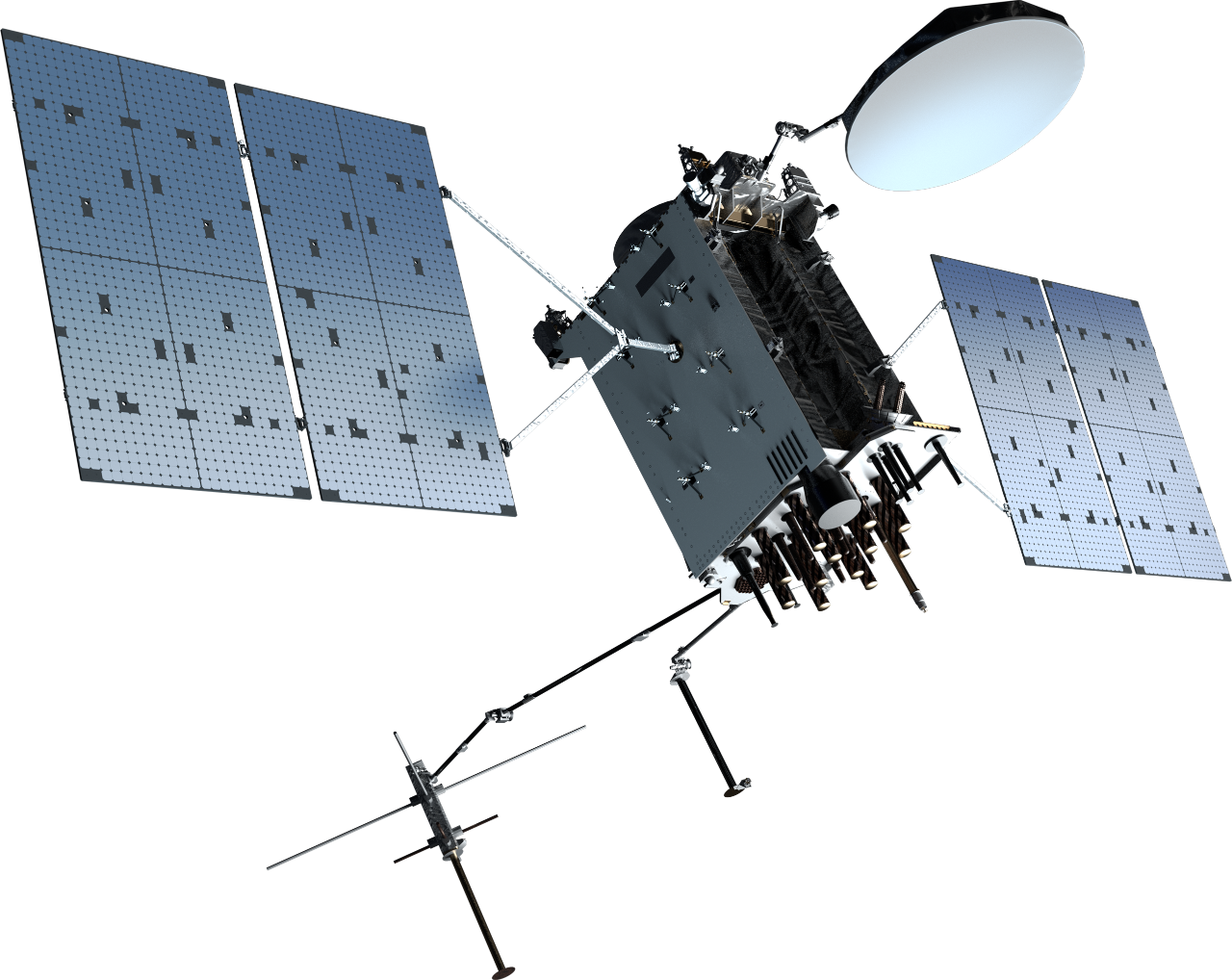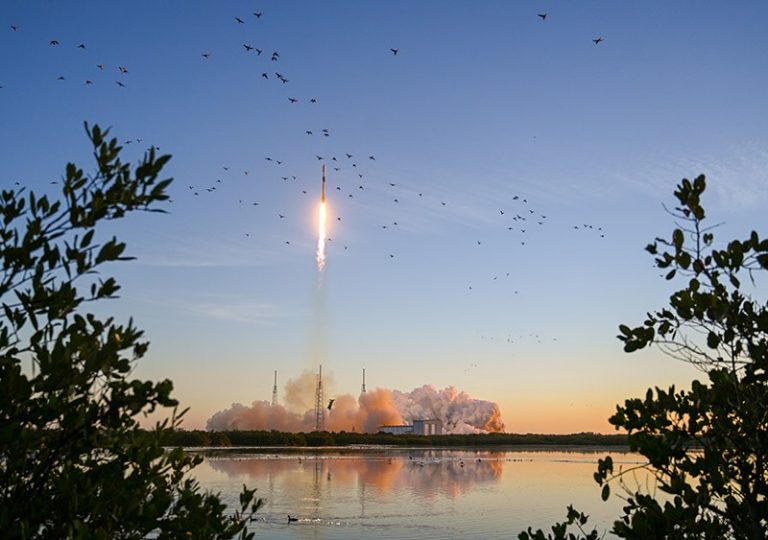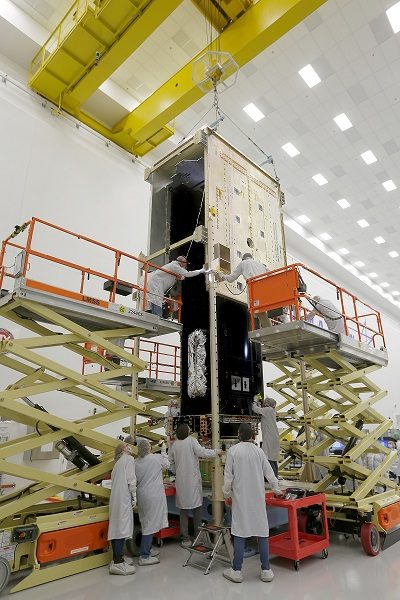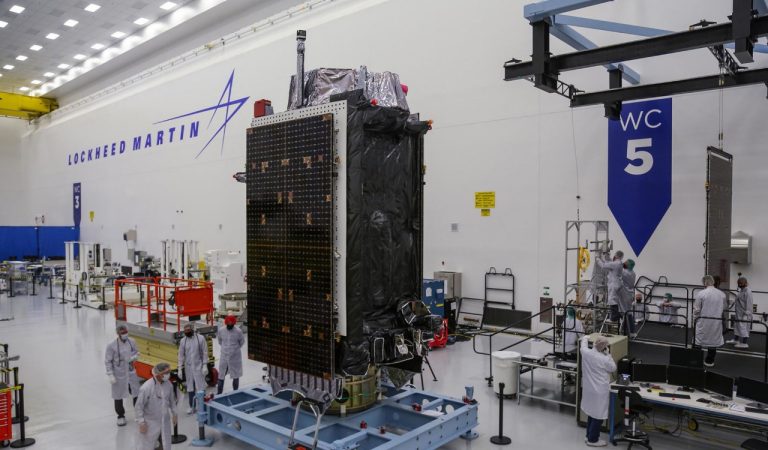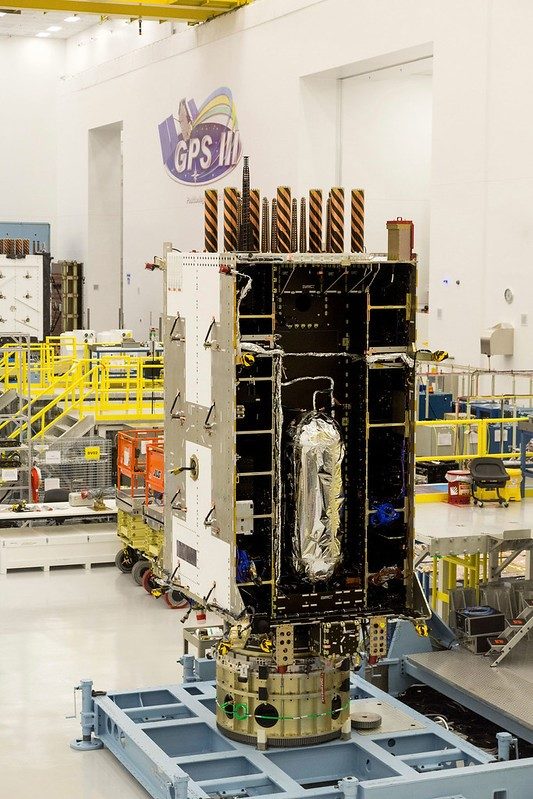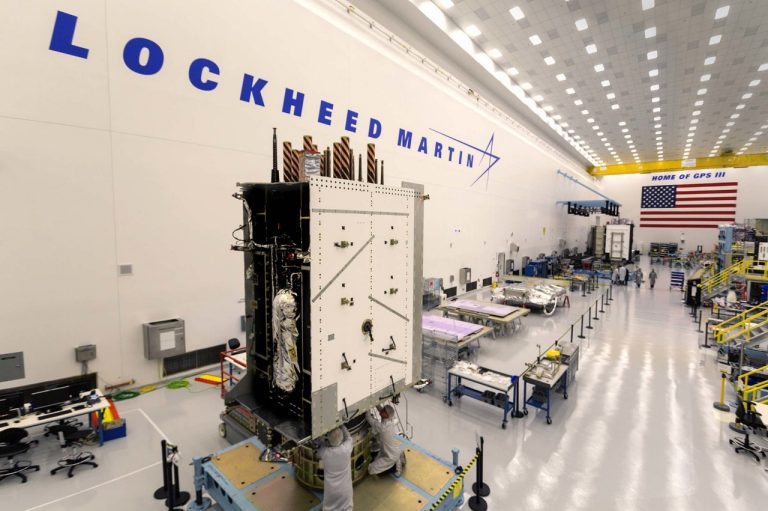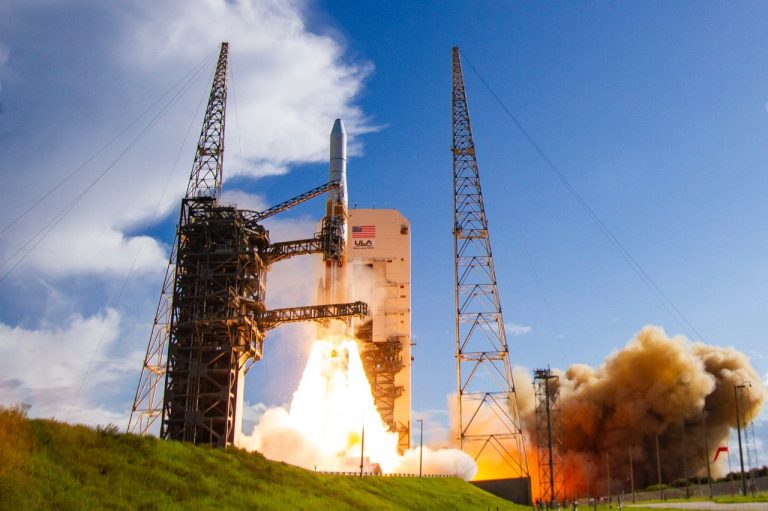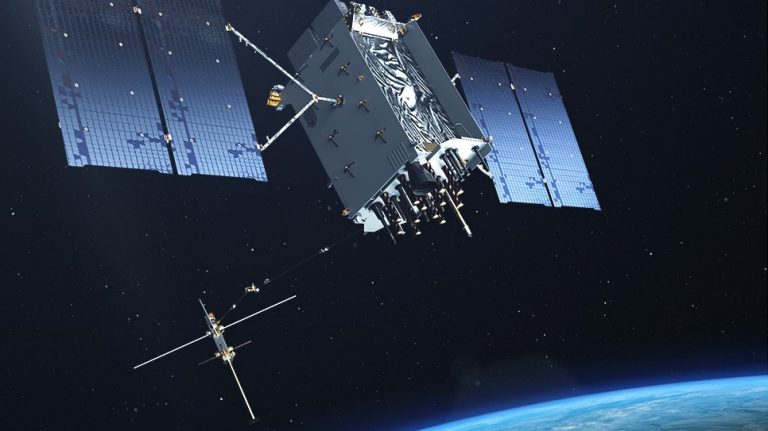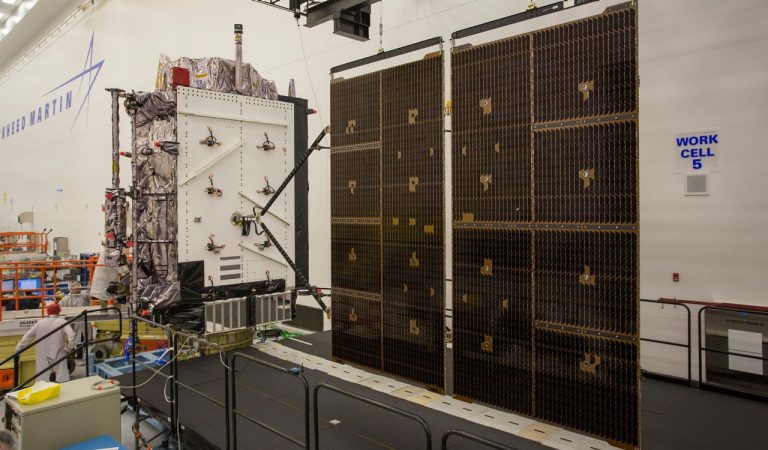The New Generation of Positioning, Navigation and Timing.
The sixth GPS III satellite designed and built by Lockheed Martin has been launched and is propelling to its operational orbit approximately 12,550 miles above Earth, where it will contribute to the ongoing modernization of the U.S. Space Force’s GPS constellation.
As part of the U.S. Space Force’s effort to modernize today’s Global Positioning System (GPS) satellite constellation with new technology and advanced capabilities, Lockheed Martin is building up to 32 next-generation GPS III/IIIF satellites.
Why Modernize GPS?
GPS has grown to become part of our critical national infrastructure. Our financial markets, transportation systems, utilities, the ride-share industry, and our agriculture and construction industries all depend on the Position, Navigation and Timing (PNT) signals from GPS.
More than four billion users globally depend on GPS’s PNT signals. In the U.S. alone, GPS is estimated to provide more than $300 billion in annual economic benefits. That adds up to more than $1.4 trillion since GPS’ inception.
Another reason to modernize, and one that should not be forgotten: GPS is owned and operated by the U.S. Air Force, and now the Space Force. GPS is an incredibly valuable tool for our warfighters, allowing them to complete their missions with precision and accuracy, and to return home safely.
Space is a different place than it was when the first NavStar satellite was launched in 1978. Space has become a more contested environment — with more-competitive adversaries. Our warfighters need enhanced capabilities to take on evolving threats. The need to return the focus on GPS as a “warfighting system” has never been clearer.
Today’s GPS satellite constellation — with its oldest satellites launched in the late 1990s/early 2000s — continues to provide valuable services, but it needs new modernized technology and capabilities to take on the challenges of the future.
Next Generation GPS III
Lockheed Martin is currently contracted to design and build 10 GPS III satellites to provide significant capability improvements over earlier-designed GPS satellites on orbit, including:
- Three times better accuracy
- Up to eight times improved anti-jamming capabilities
- A new L1C civil signal, which is compatible with international global navigation satellite systems, like Europe’s Galileo, to improve civilian user connectivity
- A modular design that allows new technology and capabilities to be added in the future to better address changing mission needs and emerging threats.
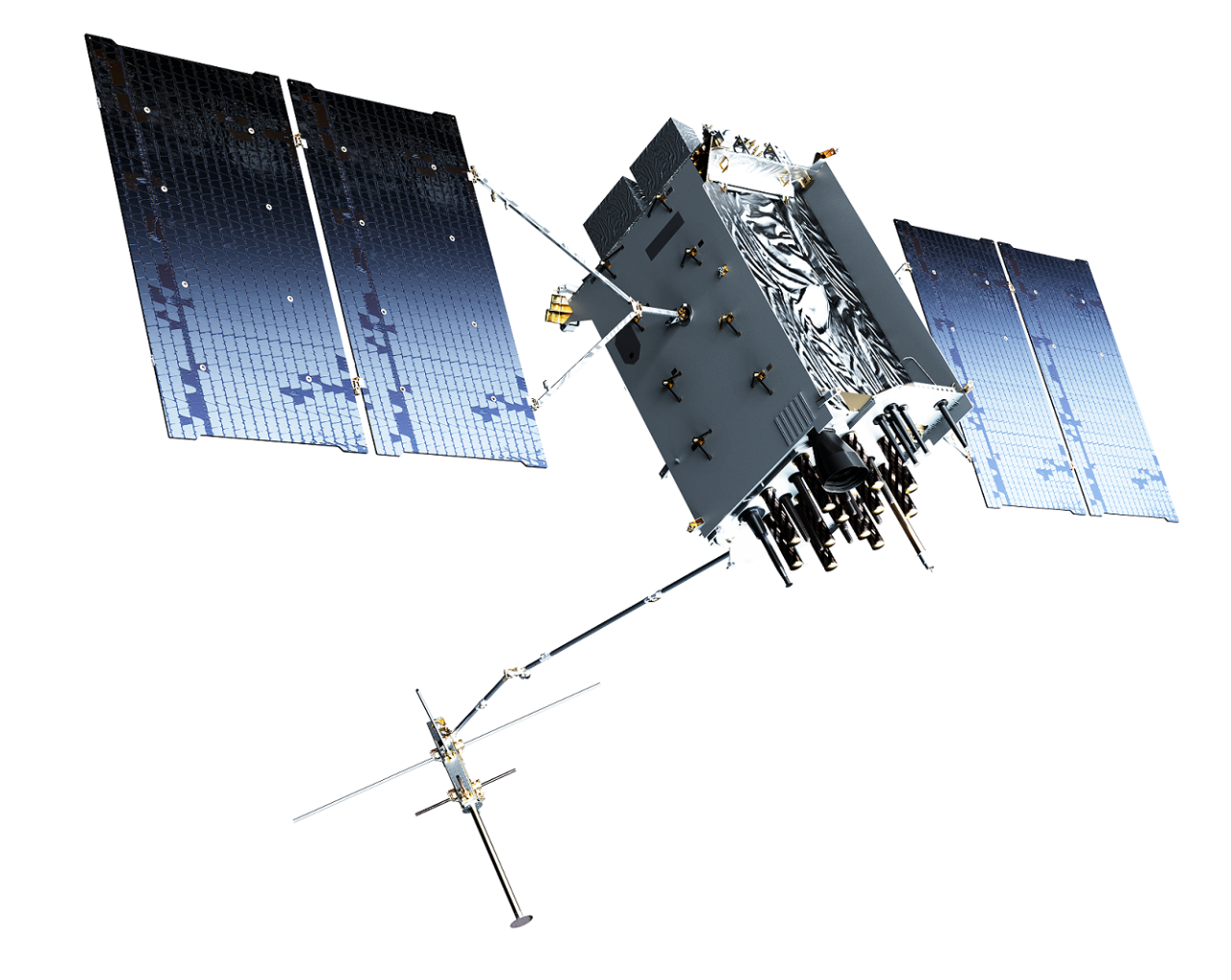
GPS IIIF: Greater Capabilities
Even more capabilities are coming when the GPS III Follow On (GPS IIIF) program. Lockheed Martin is currently under contract for up to 22 additional GPS IIIF satellites, beginning with GPS IIIF SV11. GPS IIIF satellites will feature:
- A Regional Military Protection Capability which can provide up to 60x greater anti-jamming in theater to ensure U.S. and allied forces cannot be denied access to GPS in hostile environments
- An accuracy-enhancing laser retroreflector array
- A new search and rescue payload
- A fully digital navigation payload
- GPS IIIF SV13 and beyond will incorporate the company’s LM2100 Combat Bus™, an enhanced space vehicle that provides even greater resiliency and cyber-hardening against growing threats, as well as improved spacecraft power, propulsion and electronics
- LM2100 Combat Bus vehicles are also capable of hosting Lockheed Martin’s Augmentation System Port Interface (ASPIN), which would allow for future on-orbit servicing and upgrade opportunities.
